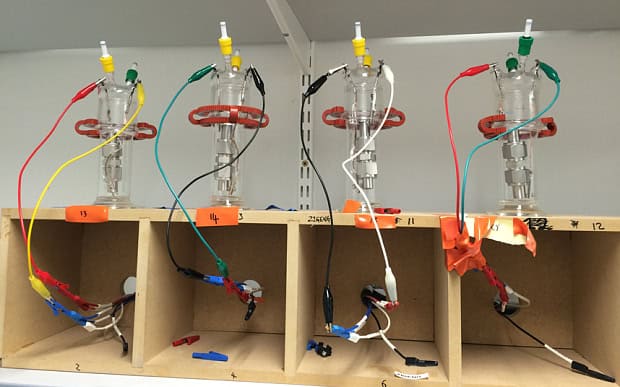Scientists at Cambridge University created a new design for lithium-air batteries which is reportedly 90 percent more efficient, has a higher energy density, and is capable of being recharged more than 2,000 times.
The battery has a spongy carbon electrode made from graphene and involves a chemical reaction to drive the cell, making it more stable and more efficient.
“What we’ve achieved is a significant advance for this technology and suggests whole new areas for research – we haven’t solved all the problems inherent to this chemistry, but our results do show routes forward towards a practical device”, said Professor Clare Grey of Cambridge’s Department of Chemistry, the paper’s senior author.
“We’re excited by the chemistry, but we’ve also got quite a lot of work to do in particular to understand the mechanisms of this chemistry and optimise it and to work on getting it closer to a higher rate system.”

The goal is for lithium-air batteries to eventually use regular-air to fuel the chemical reaction that releases electricity.
The technology is still in the lab phases and current test units have operated in pure oxygen – not regular air yet.
“What we really want is a [true] lithium-air battery – one that just takes in air, without having to remove CO2, nitrogen and water,” Prof Clare Grey told BBC News. “And now we have a system that at least tolerates a lot of water.”
The research is an important step towards taking lithium-air batteries out of the lab.

